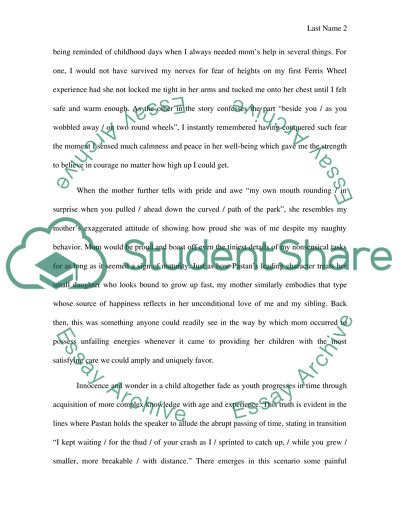Cite this document
(“To a Daughter Leaving Home by Linda Pastan Essay”, n.d.)
Retrieved from https://studentshare.org/literature/1458507-analyze-the-poem-attached
Retrieved from https://studentshare.org/literature/1458507-analyze-the-poem-attached
(To a Daughter Leaving Home by Linda Pastan Essay)
https://studentshare.org/literature/1458507-analyze-the-poem-attached.
https://studentshare.org/literature/1458507-analyze-the-poem-attached.
“To a Daughter Leaving Home by Linda Pastan Essay”, n.d. https://studentshare.org/literature/1458507-analyze-the-poem-attached.


